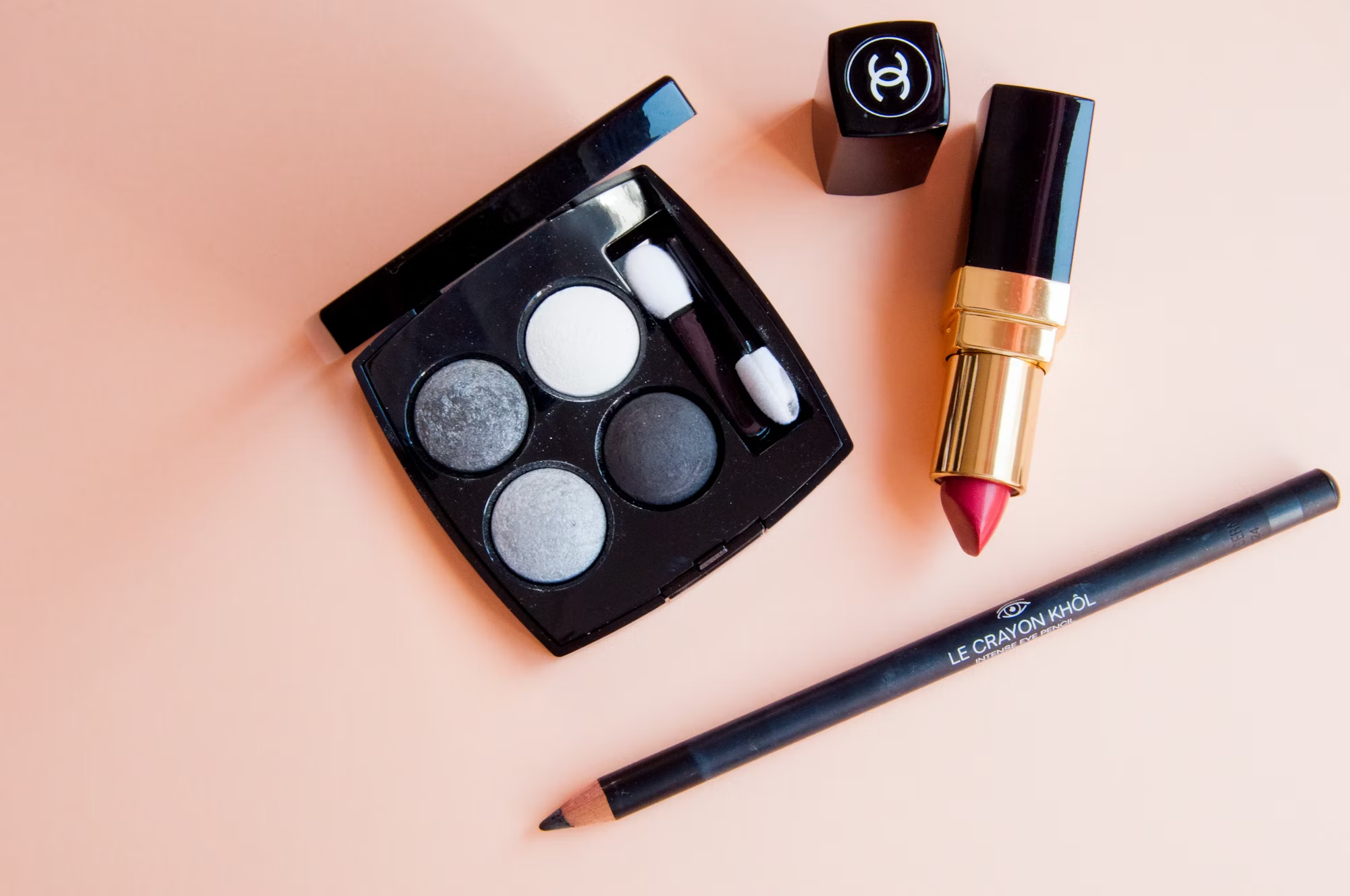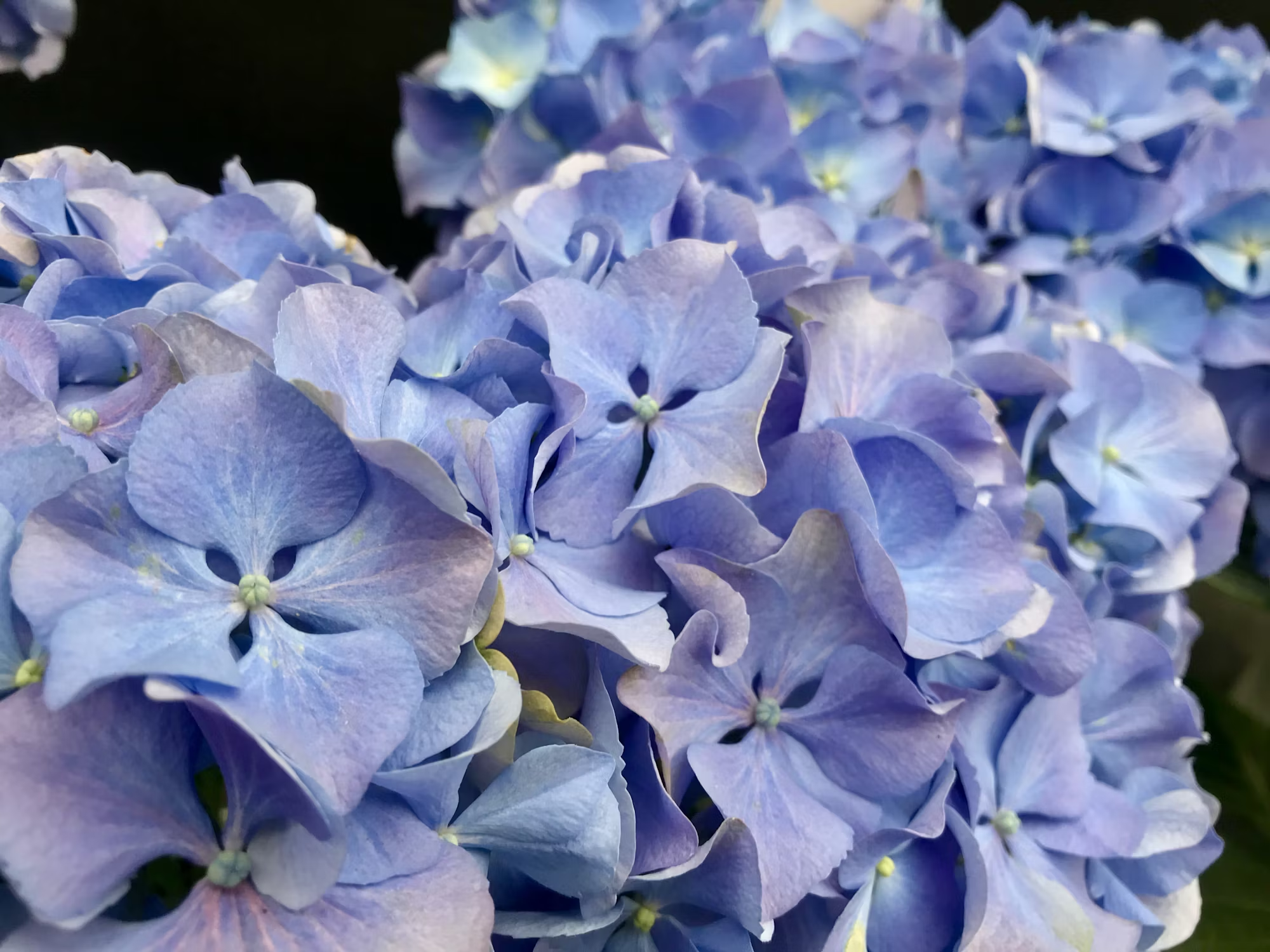Makeup brushes are essential tools for achieving a flawless look. Understanding the various types of brushes, their functions, and how to care for them can elevate your makeup application skills significantly. In this guide, we will explore the different types of makeup brushes, their specific uses, and tips for selecting the right brushes to enhance your beauty routine.
The Importance of Quality Makeup Brushes
Investing in quality makeup brushes can transform your application process. Unlike sponges or fingers, brushes provide precision and control, allowing for a more polished finish. They help blend products seamlessly, creating a professional look that can be challenging to achieve with other tools. Furthermore, quality brushes can last for years when properly maintained, making them a worthwhile investment.
Types of Makeup Brushes and Their Uses
Makeup brushes come in various shapes, sizes, and materials, each designed for specific applications. Below, we’ll break down the essential types of brushes you should consider adding to your collection:
1. Foundation Brushes
Foundation brushes are designed to apply liquid, cream, or powder foundations. They typically come in two main types:
– Flat Brushes: These brushes have a flat, dense bristle design that allows for even application of liquid or cream foundation. They are great for achieving full coverage.
– Stippling Brushes: With a duo-fiber design, stippling brushes are ideal for applying liquid foundations in a more airbrushed manner. They work by gently stippling the product onto the skin, creating a natural finish.
2. Concealer Brushes
Concealer brushes are smaller than foundation brushes, allowing for precise application on specific areas, such as blemishes or dark circles. A flat concealer brush is perfect for dabbing product onto imperfections, while a pointed brush can help blend concealer into the skin seamlessly.
3. Powder Brushes
Powder brushes are essential for setting your makeup. They come in various shapes:
– Fluffy Powder Brushes: These have soft, wide bristles that distribute powder evenly across the face without disrupting the makeup underneath.
– Angled Powder Brushes: These brushes are perfect for applying bronzer or blush, as their shape allows for easy contouring along the cheekbones.
4. Blush Brushes
Blush brushes are typically smaller and more densely packed to allow for precise application of blush. A rounded or angled blush brush will help apply color to the apples of your cheeks for a healthy glow.
5. Eyeshadow Brushes
Eyeshadow brushes come in various shapes and sizes, each serving a specific purpose:
– Flat Shader Brushes: Ideal for packing on color, these brushes are used to apply eyeshadow to the lid.
– Blending Brushes: These have soft, fluffy bristles designed to blend different eyeshadow colors together, creating a seamless look.
– Detail Brushes: Smaller brushes are used for precise applications, such as highlighting the inner corners of the eyes or applying eyeshadow along the lower lash line.
6. Eyeliner Brushes
Eyeliner brushes are essential for achieving a sharp, defined line. They come in a few varieties:
– Angled Eyeliner Brushes: These are perfect for applying gel or cream eyeliner along the upper lash line, as their shape helps create a winged look.
– Fine Tip Brushes: These brushes are ideal for creating precise lines and can be used for both gel and liquid eyeliners.
7. Lip Brushes
Lip brushes are designed to create a defined lip shape. They typically have a pointed tip that allows for precise application of lipsticks or glosses. Using a lip brush can enhance the longevity of your lip color and prevent feathering.
Choosing the Right Brushes
When selecting makeup brushes, consider the following factors:
– Material: Brushes can be made from natural or synthetic bristles. Natural hair brushes are typically softer and work well with powder products, while synthetic brushes are great for cream and liquid formulas, as they are easier to clean and maintain.
– Size and Shape: Choose brushes that suit your face shape and makeup style. For example, if you prefer a more natural look, opt for fluffy brushes that blend easily. For more dramatic looks, consider denser, more structured brushes.
– Quality: While high-quality brushes may come with a higher price tag, they often perform better and last longer. Look for brushes with sturdy handles and well-made bristles that won’t shed easily.
Caring for Your Makeup Brushes
Proper care and maintenance of your makeup brushes can extend their lifespan and ensure optimal performance. Here are some tips for keeping your brushes in top condition:
– Regular Cleaning: Clean your brushes at least once a week. Use a gentle brush cleanser or mild soap, and rinse thoroughly to remove any product build-up. Allow them to air dry flat to maintain their shape.
– Avoiding Bacteria: Regular cleaning helps prevent bacteria from building up on your brushes, which can lead to skin irritations. Always wash brushes that come into contact with liquid products more frequently.
– Proper Storage: Store your brushes upright in a holder or a brush roll to protect the bristles and keep them clean.
Conclusion
Understanding the different types of makeup brushes and their uses is crucial for anyone looking to enhance their makeup application skills. By investing in quality brushes tailored to your needs and maintaining them properly, you can achieve a polished look that reflects your unique style. With the right tools at your disposal, you’ll be well on your way to mastering the art of makeup application, no matter the occasion.



